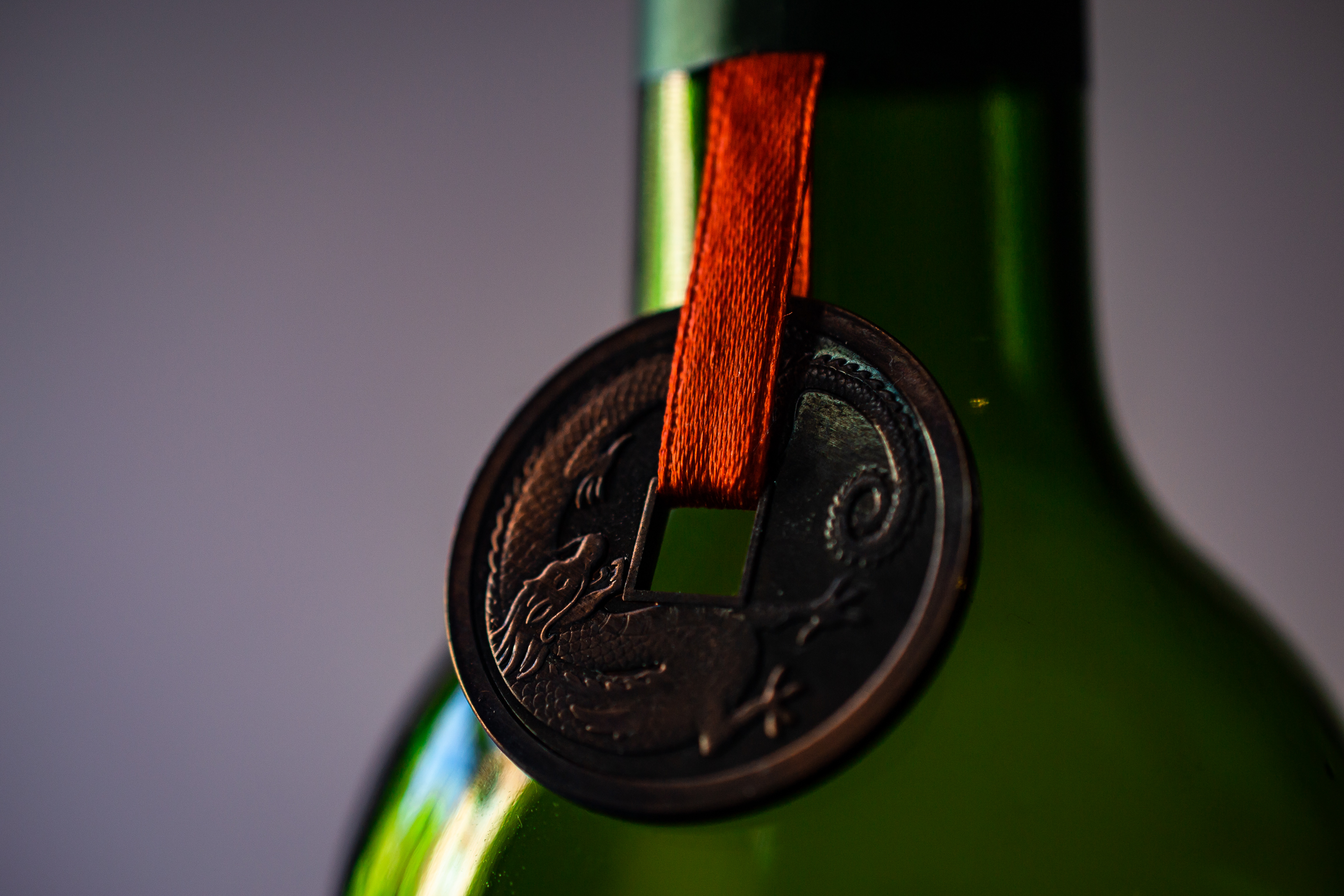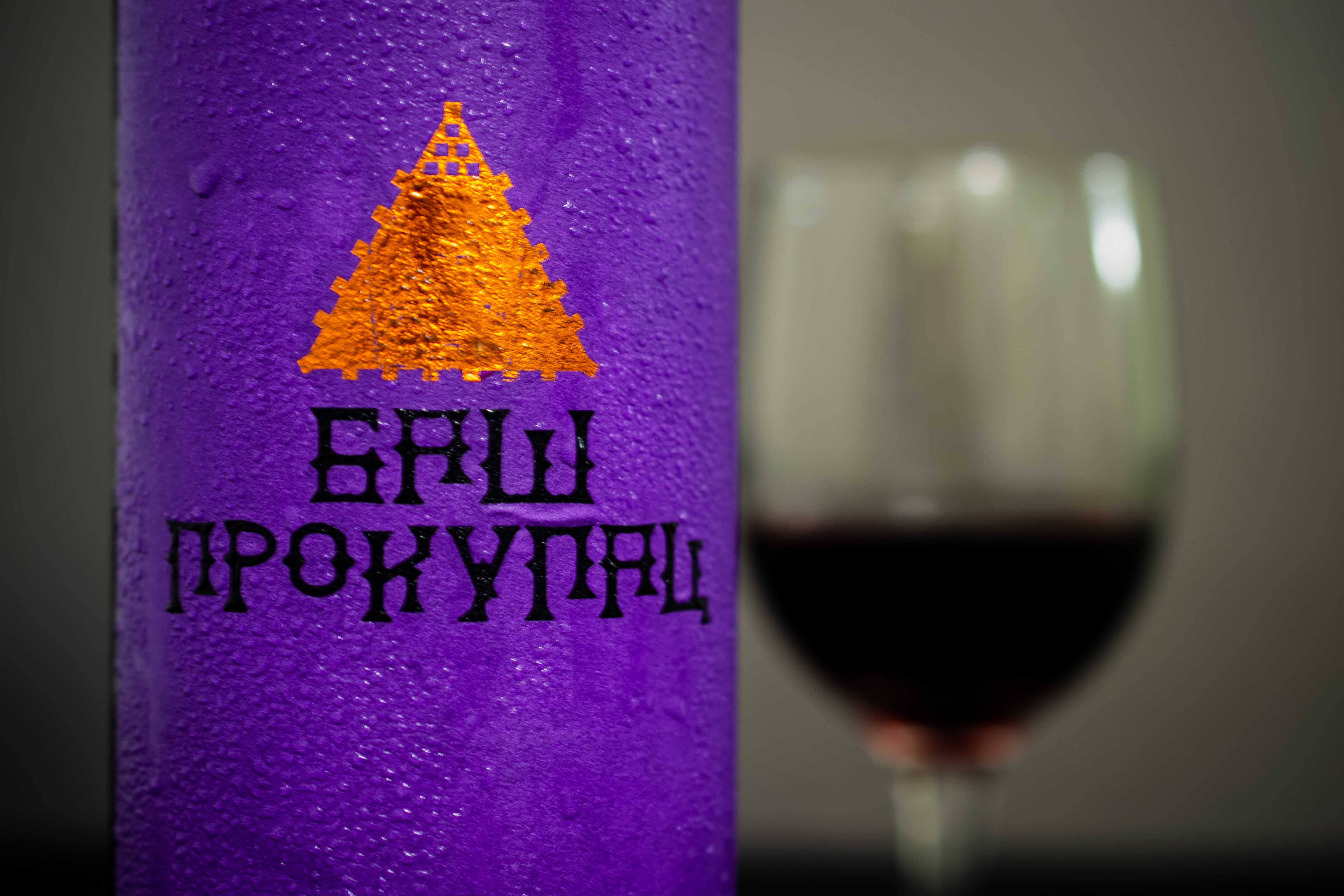Outside of this site, I also write a monthly wine blog for the Chopping Block. With Thanksgiving coming, I decided to feature a wine off their list as my pick for the perfect Thanksgiving dinner pairing. I settled on their new sparkling rosé, which also works out because I’ve been wanting to find a Pinot Noir to write about for this site, and I can be pretty damn picky about Pinot.

I’m both a fan of sparkling rosé and not, it’s easy to drink and non-offensive, but usually because it’s lacking in complexity and sometimes even sweet. It also has the added bonus of pairing nicely with a broad range of food. Also, it’s a great wine to share with your friends who don’t really drink wine and if you have a reputation for being kind of a snob, it diffuses that nicely. However, if your friends are wine snobs, they’ll probably turn their nose up at this and voice their dissatisfaction out of some condescending, elitist, sense of obligation. In short, it’s not right for every situation, but if you want something fun and easy to drink, it’s a solid choice.
Gruet Brut Rosé is produced in New Mexico, just outside of Albuquerque. Their website tells the story of a family of Champagne producers traveling through the area in the early 80’s while on vacation. They were impressed by local wines and saw potential in the region for winemaking, so they decided to expand their operation. In 1984 the younger generation of the family relocated to the United States and by 1989 they released their first vintage.

The wine is produced from 100% Pinot Noir grapes. It has an intense raspberry flavor, with hints of ginger, and a very creamy texture. The acidity was bright and it wasn’t overly sweet. I found it to have more complexity than I usually see in this style of wine. Overall, I was impressed, which is is rare for me with rosé, sparkling or otherwise.

The word I keep coming back to with this wine is “fun” and I think that be the perfect description. Wine tasting can be a very ponderous and serious activity sometimes, and when you’re trying to coax tasting notes out of a stubborn Bordeaux it can be easy to loose sight of why you’re drinking the wine in the first place. Gruet Brut Rosé is the kind of wine that isn’t going to let you forget you’re supposed to be having fun and I did, at every step of this process, from popping the cork to color correcting my pictures several days, even writing two blogs about it, at no point did this feel like a chore.
A friend from Germany once told me that Americans don’t drink enough sparkling wine and I’ve taken that to heart, trying to fit it into my rotation of wine purchases. I no longer really see it as something to pair with celebrations, but as a celebration itself. There’s something about sparkling wine that’s just fun, and we all use a little more of that in our lives.























